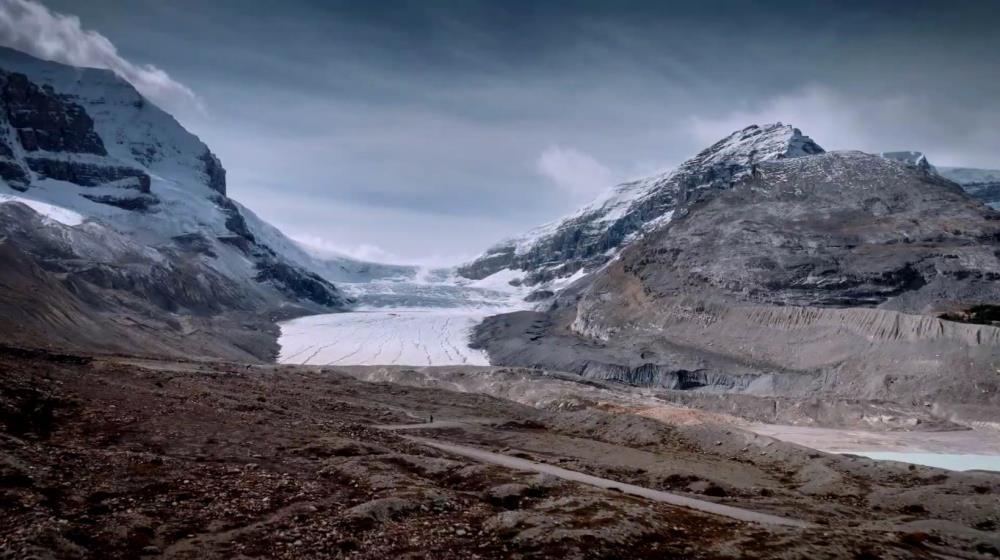
Related items loading ...
Section 1: Publication
Publication Type
Journal Article
Authorship
Elshamy, Mohamed, Pomeroy, John W, Pietroniro, Alain, Wheater, Howard, Abdelhamed, Mohamed S.
Title
The impact of climate and land cover change on the cryosphere and hydrology of the Mackenzie River Basin, Canada
Year
2024
Publication Outlet
ESS Open Archive
DOI
ISBN
ISSN
Citation
Elshamy, Mohamed, Pomeroy, John W, Pietroniro, Alain, Wheater, Howard, Abdelhamed, Mohamed S. (2024) The impact of climate and land cover change on the cryosphere and hydrology of the Mackenzie River Basin, Canada. ESS Open Archive.
https://doi.org/10.22541/essoar.173082837.77691678/v2
Abstract
High latitudes are predicted to continue warming at higher rates than the global average, with major implications for northern basins where concomitant deglaciation, permafrost thaw and vegetation shifts are expected. The Mackenzie River Basin, a globally significant basin, drains headwaters in the glaciated Canadian Rockies to the Arctic Ocean and is mostly underlain by permafrost. Here, we present scenarios of future change using the MESH distributed hydrological-cryospheric land surface model. MESH was forced with bias-corrected, downscaled RCM forcings and parameterized with a deep subsurface profile, organic soils, and glaciers. The model was validated against discharge, snowpack, and permafrost observations and used to simulate the hydrology and permafrost dynamics over the 21st century under the RCP8.5 climate change scenario with projected land cover change. The results show rapidly increasing rates of permafrost thaw; most of the basin will be permafrost-free by the 2080s. By late century, river discharges shift to earlier and higher peaks in response to projected increases in precipitation, temperature, snowmelt rates, despite increases in evapotranspiration from longer snow-free seasons. Baseflow discharges increase in winter, due to higher precipitation and increased basin connectivity from permafrost thaw resulting in enhanced groundwater flow. Subsurface moisture storage rises slightly but the liquid water fraction increases dramatically, increasing sub-surface runoff and river discharge. Canadian Rockies deglaciation reduces summer and annual discharge in the Athabasca and Peace headwaters. Downstream and northward of the mountain headwaters the direct impacts of climate change on river discharge dominate over those of changing land cover and glaciers.
Plain Language Summary
The Mackenzie River Basin, a large northern water system that stretches from the Canadian Rockies to the Arctic Ocean, is undergoing big changes due to rapid warming in the Arctic. This study looked at how climate and land cover changes could impact the basin's water flows and permafrost (frozen ground for at least 2 years) using a land surface model. It is expected that climate change will bring warmer temperatures and higher precipitation over the basin. The model predicts that most of permafrost areas will disappear by the 2080s. Permafrost thaw could lead to more groundwater flow and higher winter river levels as more water moves through the ground. Warmer temperatures will cause snow to melt earlier, resulting in higher river flows earlier in the year. Additionally, as glaciers in the Rockies melt, summer river flows will decrease, especially in headwater areas like the Athabasca and Peace Rivers. However, the overall effect of warmer temperatures and increased rainfall will likely be stronger than changes from shrinking glaciers and other land cover changes. These findings highlight the need for planning and adapting to shifts in northern river systems due to climate change


 GWFNet
GWFNet Master
Master Data
Data Research
Research Map
Map
 Advanced
Advanced Tools
Tools
 . . .
. . .
 Metadata Editor
Metadata Editor
 Record List
Record List
 Alias List Editor
Alias List Editor
 Legacy sites
Legacy sites